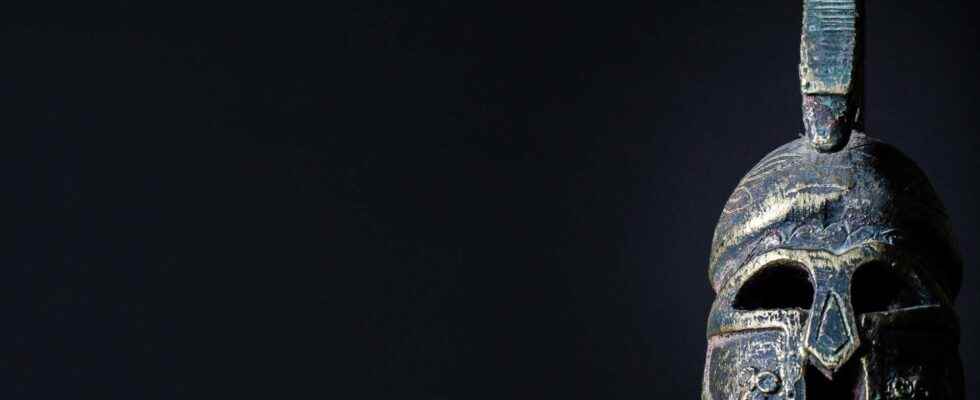A game with a very geometric look, engraved in the limestone of a Roman gate in Jerusalem, has been questioning archaeologists for nearly 40 years. An expert in board games and historical reconstructions comes up with a new hypothesis as to the rules of the game that some believed to be linked to executions.
You will also be interested
[EN VIDÉO] Experts of the past: mysterious Gallo-Roman inscriptions In Rennes, while excavating an old Gallo-Roman villa, archaeologists discovered strange engraved inscriptions. This rare testimony is shrouded in mystery. Who is behind it and why is it there? So many questions to which Inrap (Institute for Preventive Archaeological Research) answers us during this new episode of Experts from the past.
When we put the words “Roman” and “games” in the same sentence, the image that comes to mind is often that of a gigantic crowd haranguing retiaries or mirmillons, howling in the suspense of a chariot race where violence mingles with triumph, or still waiting for the final leap of Lion which will end the life of the condemned. If the Circus Games did exist among the Romans, they were not the only types of playful activities that this civilization engaged in between the first century BC and the fifth century AD.
In 1937, thearchaeologist Englishman Robert Hamilton (1905-1995) carried out excavations at the door from Damascus, to Jerusalem. This door was erected by the romans to IIe century AD The excavations begun by Robert Hamilton on the eastern part of the gate were continued by his successors who, in the 1980s, uncovered an engraving in limestone that time had spared. This engraving has the shape of a square divided into sixteen equal squares, themselves divided by a diagonal.
This engraving was located next to a tower guarded by Roman guards. Several hypotheses have been proposed by archaeologists in order to explain the meaning or the usefulness of this engraving. One of these hypotheses concerns a dice game played by the Romans in honor of the god Saturn, the god of time and the Greek equivalent of Cronos.
This dice game consisted of appointing a death row inmate as king of the day, before he was executed at sunset. Another hypothesis indicates that it would be the game of the mill, the existence of which is already proven during ancient Rome, whose board has similarities with the engraving of the Damascus gate and which consists of taking all the his opponent’s pawns that are not aligned three by three.
A slightly modified checkers game
Expert in board games, Nir Wild specializes in the reconstruction of historical events. According to Nir Wild, the game the Roman guards were probably playing in order to pass the time would however be neither a game linked to an execution, nor the game of the mill. He believes that this game is the same as the ones played by the people of Ancient Egypt, and traces of which have been found on Egyptian tombs.
Nir Wild thinks the game engraved by the Romans is some kind of checkers game
According to the Libro de los Juegos, a Spanish work from the 13the century that lists the rules of board games, Nir Wild thinks that the game engraved by the Romans is a kind of Checkers named “alquerque”.
According to him, it would differ from the one we know by the fact that it was only possible to “eat” one pawn at a time and that a pawn, once arrived on the other side of the board, could not be. changed into a lady. Although a direct link has not been proven between the Roman and Egyptian game boards and the Games Book Spanish, it allows one to imagine Roman guards playing checkers during a break, almost 1,800 years ago.
Interested in what you just read?
.
fs3
